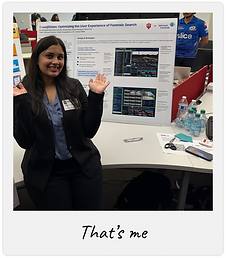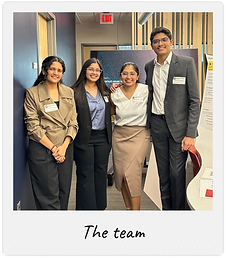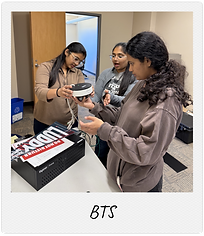
Optimizing user experience of Forensic Search features for ExacqVision
- a Video Management System to monitor and manage surveillance cameras
Forensic Search identifies specific instances/activities in recorded footage, and Exacq provides this capability through a specific search page with advanced AI-powered features integrated from supported cameras.
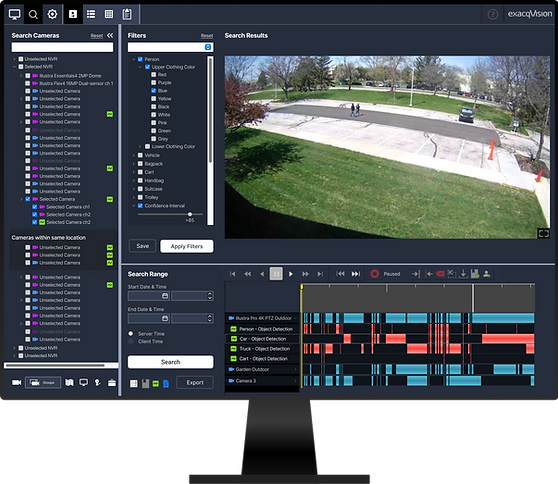
Business Objective
Drive adoption of Forensic Search features and strengthen market competitiveness through advanced AI capabilities.
Role
User Experience Designer
Team
2 Designers, 2 UX Researchers, Product Manager, Senior Designers
Duration
October 2024 - May 2025
Research Findings
To shape the right solution, I focused our research on three fronts: the system, the users, and the market. Each method was carefully chosen to uncover insights in these areas, giving a well-rounded foundation to guide strategic design decisions.

UX Audit + 15 Competitor Analysis + 5 Interviews & User Journey Map
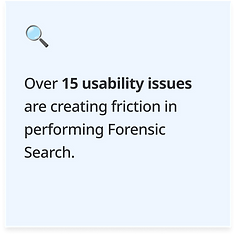

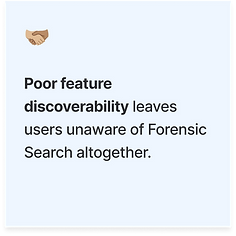
The Problem
ExacqVision users struggle to perform Forensic Search efficiently because they are unaware of the features due to poor discoverability and lack of training.
Design Consideration
Who am I designing for?
Two user types:
1) novice users and
2) experienced users with VMS or complex systems.
What are the business constraints?
Maintaining the legacy user interface of Exacq, thus restricting any significant visual redesigns.
Is it technically feasible?
Exacq is not cloud-based so has its limitations with AI capabilities, Automation could increase system load resulting in slower results.
Strategic Solution
Short-term immediate implementation
Goal: Streamline the existing workflow through targeted fixes.
Improved discoverability
Resolved usability issues
Suited for rapid development

Long-term strategic product vision
Goal: Give a competitive edge to ExacqVision.
Improved navigation
User-centered, and guided workflow
Introduced advance features
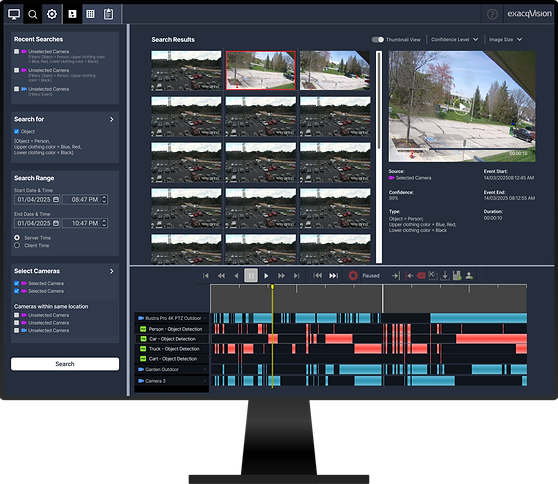
Impact
89% stakeholder satisfaction score
The recommended usability fixes will be implemented, and 90% of executive stakeholders validated that the product’s growth aligns strongly with the proposed long-term vision. 🌱
Approach to create an impact!
The Design Thinking Process
[a strategic approach to drive business objective]
Research & Analysis
UX Audit,
5 Interviews,
15 Competitor Analysis,
User Journey Map
Strategize & Design
Workflow Revamp,
Mid-fi Wireframes,
Concept Testing,
Hi-fi Prototype
Testing & Evaluation
16 Stakeholder Concept Testing,
Business Acceptance Testing (BAT)
First Impression
Exacq’s complexity was immediately apparent.
Exacq was designed and built primarily by engineers, which contributed to its technical depth but also resulted in a lack of user-friendliness and intuitiveness. While initially finding it overwhelming, a structured approach helped me navigate its dense interface and numerous features.
UX Audit
The Forensic Search workflow has a steep learning curve, especially for novice users, due to its complexity.
I identified over 8 usability issues contributing to this friction. These gaps caused an increase in the number of steps and the time of the entire task.

Competitor Analysis
The competitors have advanced with AI features for Forensic Search.
The competitors provide cloud-based services enhanced with advanced AI capabilities, significantly improving search efficiency and making the process more effective across diverse use cases.
Smart filters and automatic camera selection for object filtering
Clean, organized, intuitive interface for ease of use
Simplified, user-centered workflows for performing searches


Hurdle
Access to direct users was denied!
Direct user access was denied to avoid raising expectations. It pushed me to think creatively, and I pivoted to those who know the users best from within: the technical sales team. With over 20 years of experience, they had deep product knowledge and regular direct user interaction, thus providing valuable, firsthand user insights.
Stakeholder Interviews
The AHA moment: Most users of ExacqVision, novice or experienced, are unaware of the Forensic Search capabilities.
4 semi-structured interviews with the technical sales team at Exacq, with over 20 years of experience, revealed valuable insights into how users are currently using the system, their pain points, and expectations specific to their use cases.
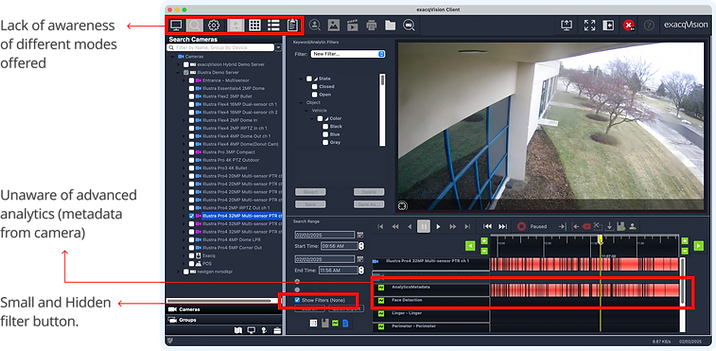
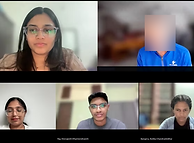
yes, that's me 🙋🏻♀️
The User Journey Map
Users are experiencing a fragmented and time-consuming experience due to poor discoverability and manual steps to complete the search.
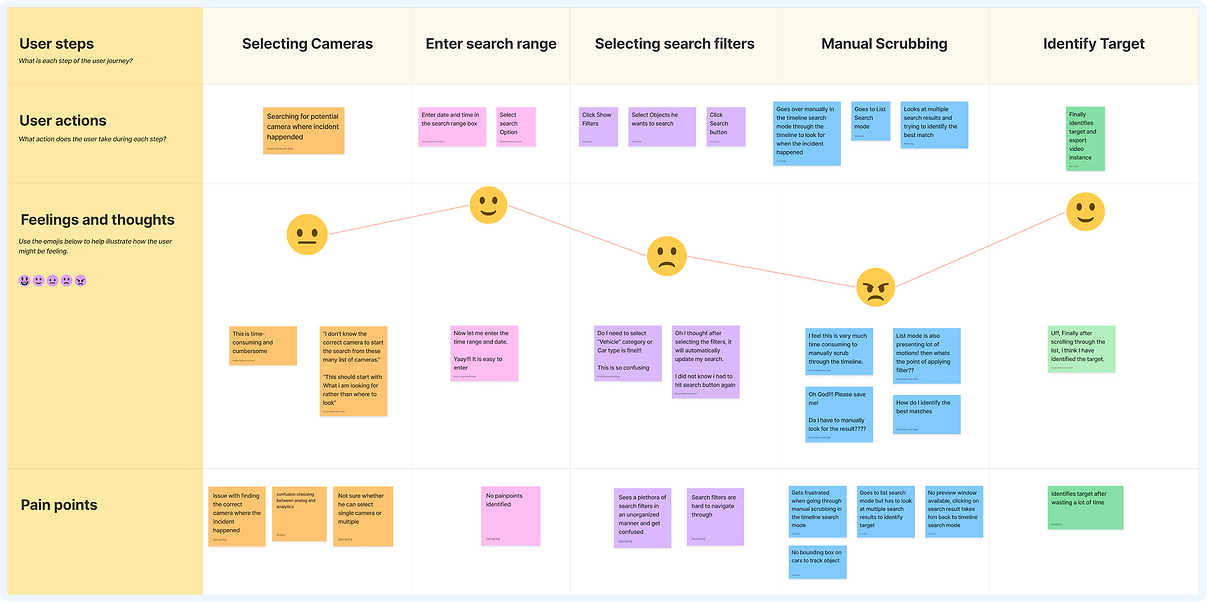
Thematic Analysis
Identified themes from research


Sorted them component-wise

Identified the recurring theme for each component
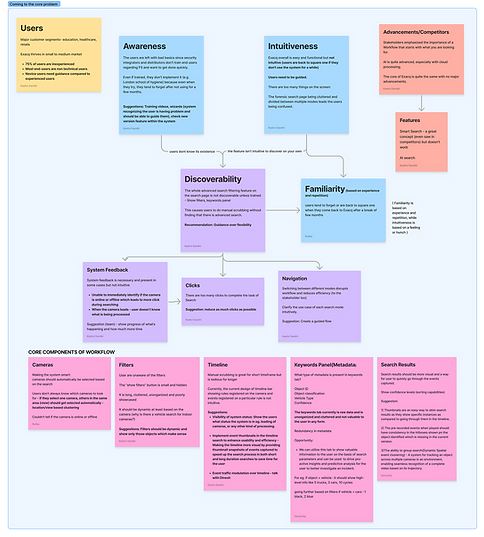
The core problem

A user needs to find instances in recorded footage
but struggle
because they are unaware of the advanced forensic search options
due to poor discoverability and the absence of training or guidance.
Design Strategy
Focusing on near-term priorities and outlining how the product can strategically grow in the market 🚀
To meet business and user goals, I structured the solution in two phases: First, addressing existing issues to enhance the current user experience; and second, shaping future growth for a competitive edge.
#1 Fixing issues for immediate implementation
Resolving usability issues and improving discoverability of Forensic Search.
I created sketches focusing on resolving usability issues component-wise and refined them through feedback on feasibility, priorities, and user experience after sharing initial workflows with the manager and design team.
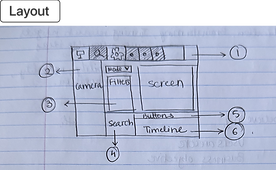
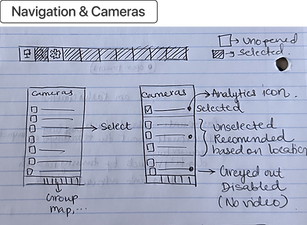
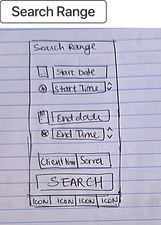
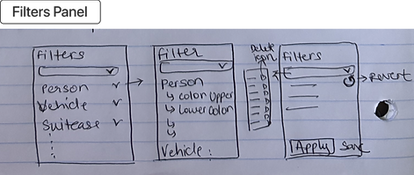
Validated workflows and sketches with two key stakeholders (technical sales and marketing) through contextual inquiries and interviews, ensuring alignment with technical feasibility, user needs, and the product’s market positioning.
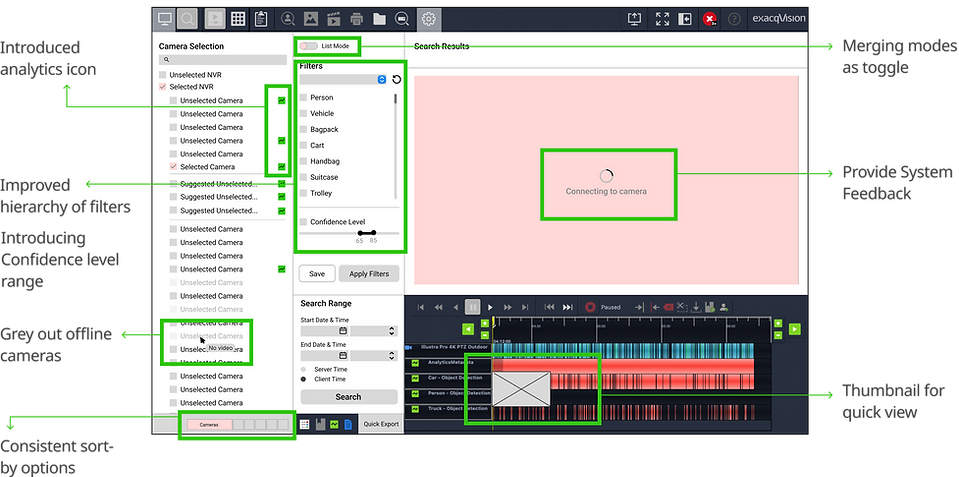
The unexpected
I got access to 1 user with 10+ years of experience with Exacq who validated the findings.
I spoke directly with an Exacq user to validate our key findings. This conversation reinforced the design decisions and offered insights that aligned with earlier challenges identified through internal collaboration.
After the validation session, I conducted an iteration to decide on the final usability changes, improvise on certain features of the components, and brainstorm some new features during the validation sessions.
Improved discoverability of Forensic Search features.
By-default filters panel
Filters in all modes
Highlight analytical cameras

Improved user experience
Full-screen mode for improved focus
Improved analytics function in manual scrub
Resolved 11 usability issues

#2 Long-term product vision
Revamp the workflow making it user-centered and introduce features to give a competitive edge in the market.
The existing Forensic Search workflow is unintuitive and click-heavy, especially for novice users. Using insights from UX audits, interviews, and competitive analysis, I co-led two workshops to redesign and improve the workflow.

Ideated 5 Workflow Concepts

Evaluated with manager and UX team

Finalized the workflow directions
The second Forensic Search concept uses a guided, user-centered flow starting with what, then when, and where - a structure informed by competitor analysis and user expectations. It streamlines interactions to match users’ natural mental models.
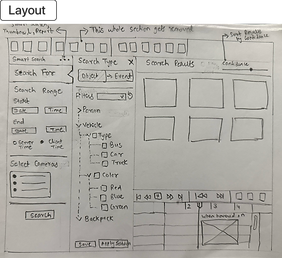
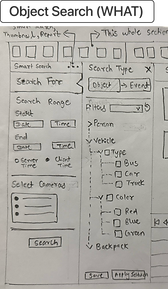
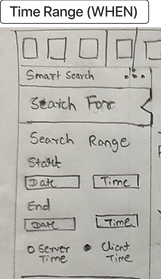
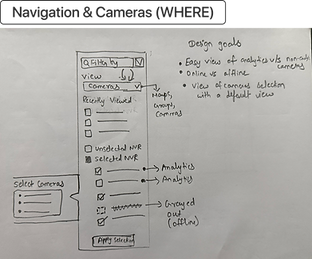
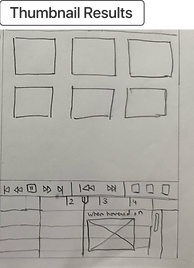
Quick Search
Introduced "Recent Searches" for users saving time and effort of re-selecting repetitive searches.
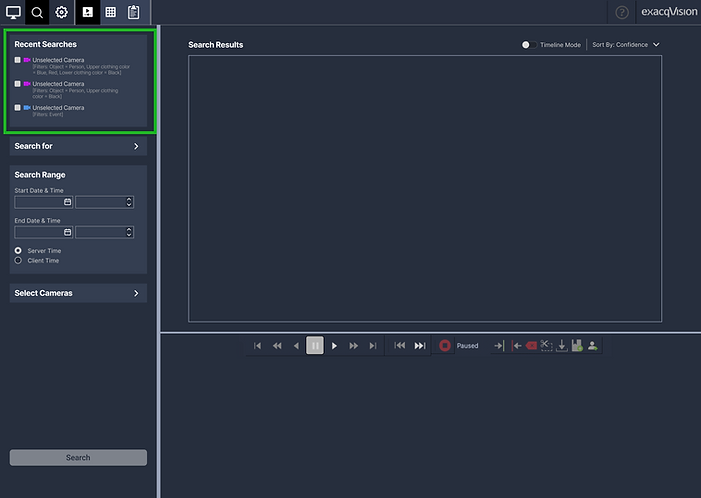
WHAT are you looking for?
Search for an object or event.
Dynamic filters: Filters adapt based on selected cameras and the metadata they provide.

WHEN did it happen?
Default time range appears.
A user can alter the date and time range.
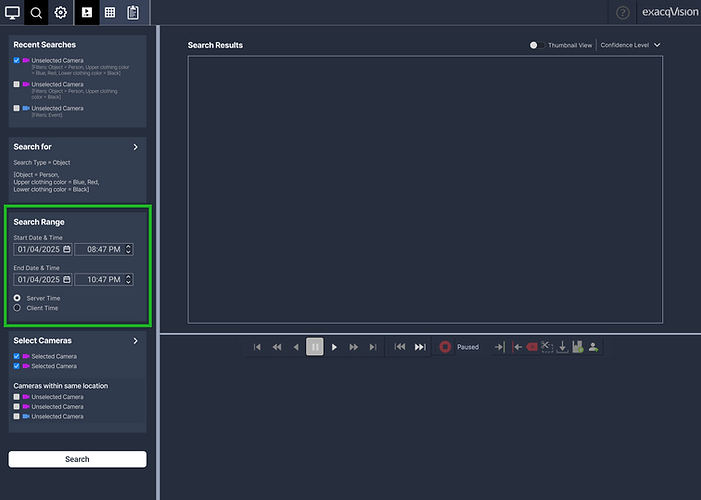
WHERE did it happen?
Select the cameras based on the location you are looking for.
Location-based clustering: users will be suggested additional cameras within the same location.
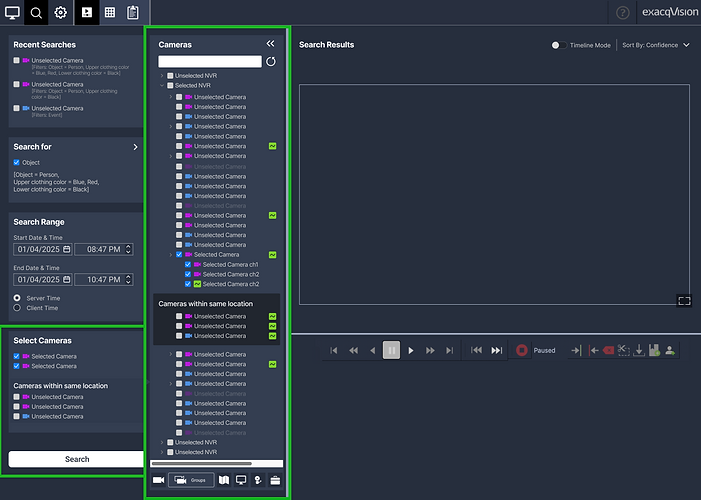
The results
Thumbnail view: easy for users to quickly scan through.
Review the exact event with details.
Sort based on confidence level, i.e. accuracy of search results.
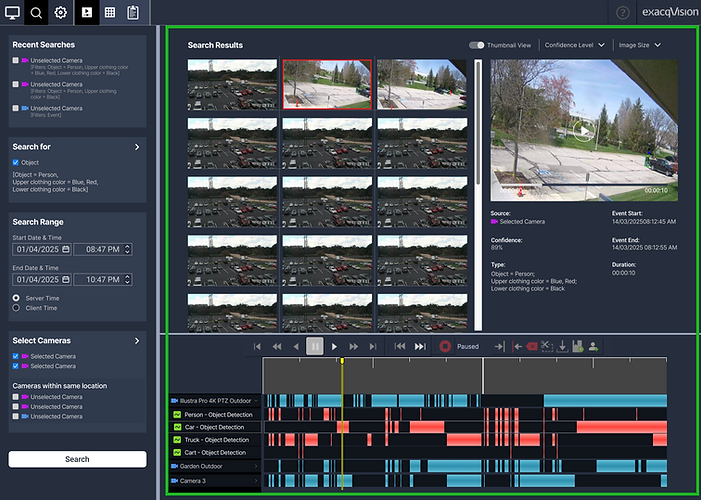
Have a little more time? Try out the prototype :)
Impact
89% stakeholder satisfaction score 🚀
Stakeholders included the executive team of Sales, Engineering, UX, Product, and Marketing.,
90% of stakeholders agreed that this will "Significantly improve" the discoverability of Forensic Search and validated that the product’s growth aligns strongly with the proposed long-term vision. 🌱
[where innovation met executive vision]
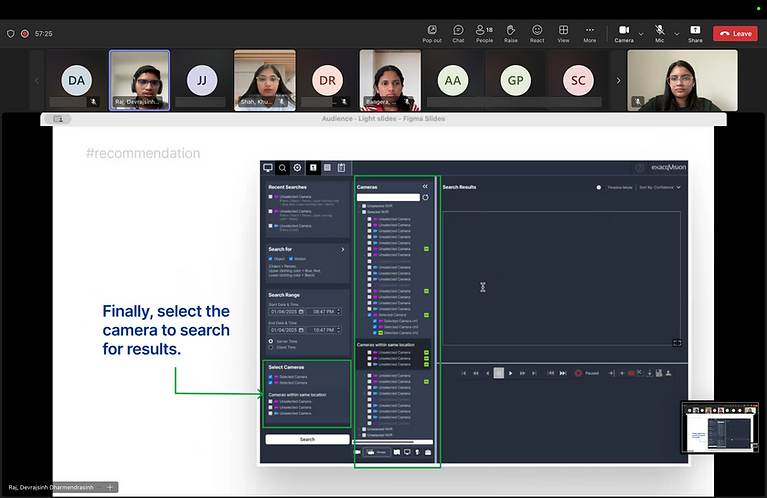
The best part: What did I learn?
This project was a great learning experience in navigating complex systems with strategy and structure.
Adapting to constraints (no user access) and reframing the challenge as an opportunity to think resourcefully.
Drive meaningful usability improvements without relying on major visual changes.
Navigate diverse cross-functional input, aligning UX goals with the priorities of users and stakeholders.
